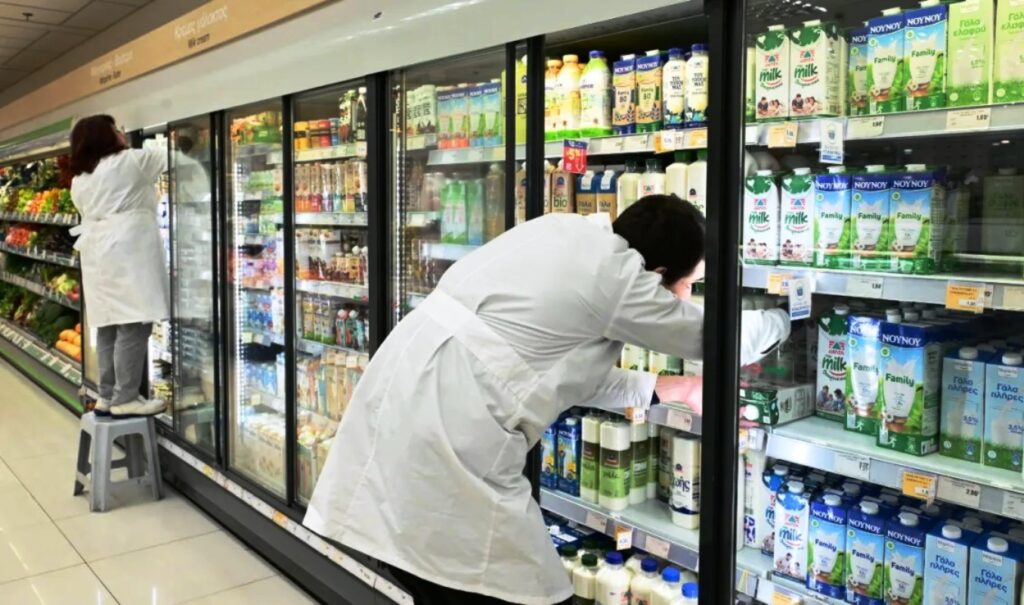New data from Eurostat provides a clear picture of inflation trends across Europe for August 2025. Greece recorded annual inflation of 3.1%, higher than the European Union average, which stood at 2.4%. Meanwhile, the eurozone rate remained stable at 2.0%, unchanged from July. A year earlier, eurozone inflation was at 2.2%.
Eurostat: Country variations
Significant differences are observed among member states. Specifically, Eurostat data shows:
-Lowest rates: Cyprus (0.0%), France (0.8%), Italy (1.6%).
-Highest rates: Romania (8.5%), Estonia (6.2%), Croatia (4.6%).
-Overall, compared to July 2025, annual inflation:
-decreased in 9 countries,
-remained stable in 4 countries,
-increased in 14 member states.
Sector contributions according to Eurostat
According to Eurostat, the main factors affecting eurozone inflation in August were:
-Services: +1.44%
-Food, alcohol and tobacco: +0.62%
-Non-energy industrial goods: +0.18%
-Energy: -0.19%
The decline in the energy sector continues to act as a counterbalance to upward pressures from services and essential consumer goods.
Greece: Above average
At 3.1%, Greece stands significantly above the EU and eurozone average. This development is attributed primarily to the cost of basic goods and services, which remains at high levels compared to other European countries. Eurostat data shows that Europe continues to face challenges in controlling inflation, with large variations from country to country. While some economies show stabilization, others continue to record upward trends. Greece, with a rate of 3.1%, remains among the countries most pressured by price increases.




